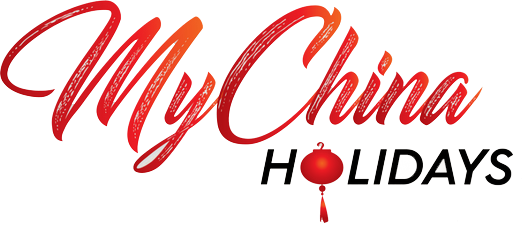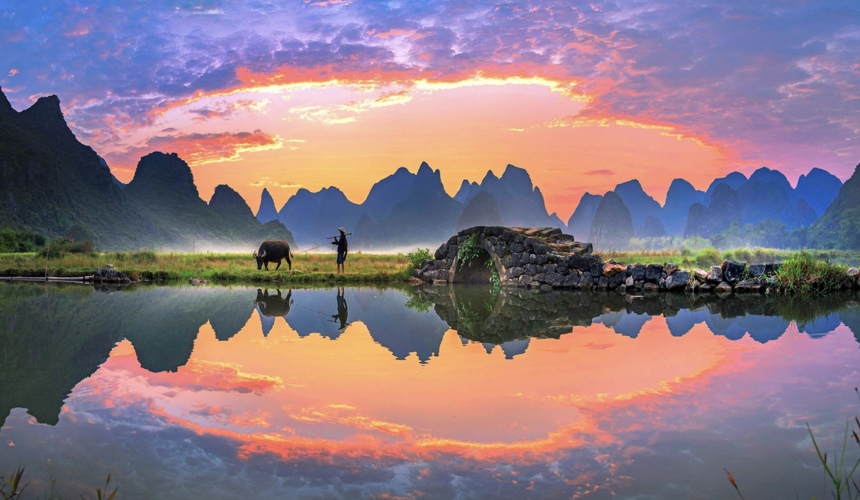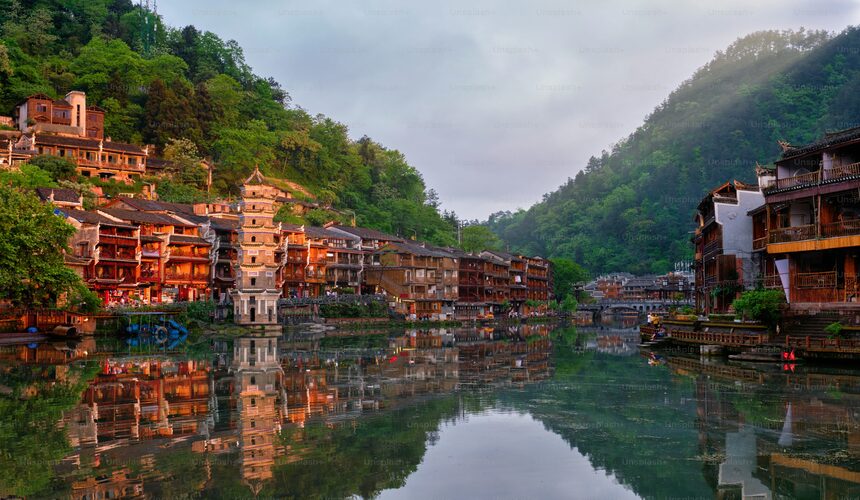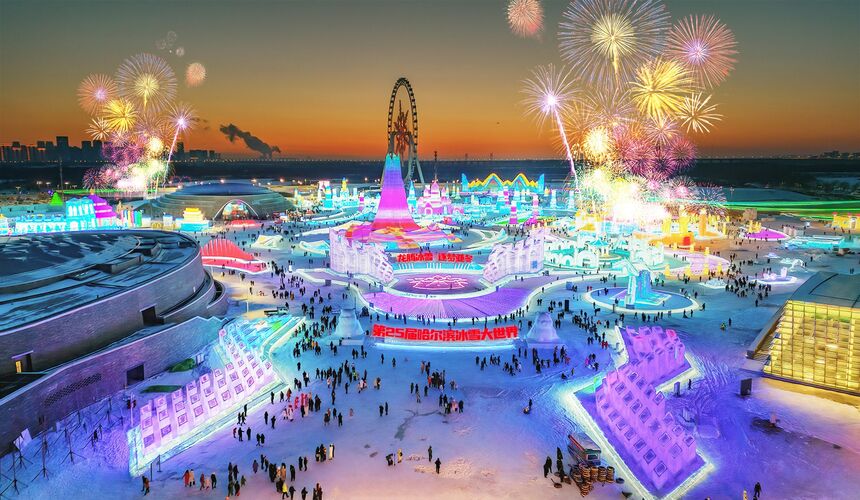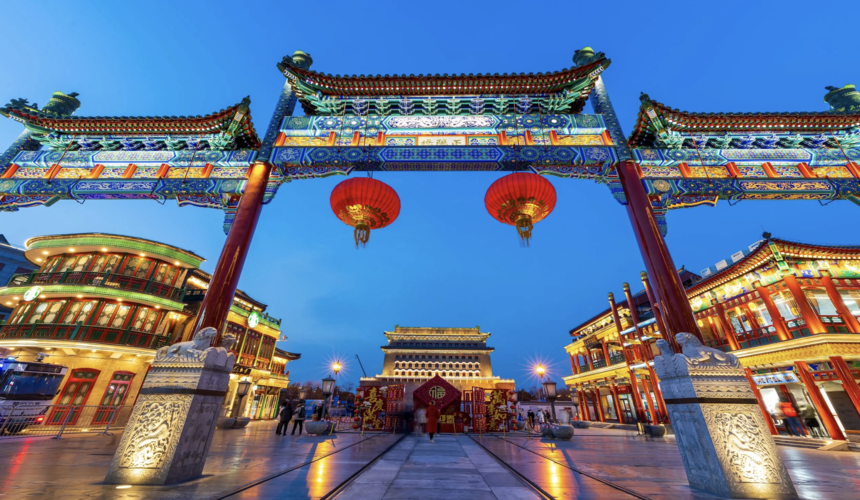
Beijing Travel Guide for First-Time Visitors: Top Tips & Must-See Attractions
Planning your first trip to Beijing? Get ready to step into a city where imperial history and cutting-edge modernity collide in the most fascinating way. As the capital of China for over 800 years, Beijing is home to some of the world’s most iconic landmarks such as Forbidden City and the Great Wall.
But you might get lost in Beijing for your first visit. That’s why we’ve created this beginner-friendly travel guide. Packed with essential tips, cultural insights, and must-see attractions to help you explore Beijing with confidence. Whether you’re drawn to its imperial palaces or bustling food markets, we hope this guide will help you make the most of your first Beijing adventure.
1. Best Time to Visit Beijing
In Beijing, you can fully enjoy four distinct seasons, and each brings its own charm. However, we will introduce you to the differences between each season.
Spring (March to May): Best for Pleasant Weather and Fewer Crowds
Spring is one of the best times to visit Beijing. The weather is mild while the skies are often clear. You can find parks like the Summer Palace and Temple of Heaven come alive with blooming flowers. Tourist crowds are manageable and outdoor sightseeing is comfortable.
Tip: Pack a light jacket because spring mornings and evenings can still be chilly.
Summer (June to August): Hot, Busy, and Humid
Summer is high season for tourism, because the Chinese students are having their school holidays. It is often to meet long queues at attractions. You will also experience humid weather and temperatures often above 30°C (86°F). However, if you don’t mind the heat, this season has the most events and extended attraction hours.
Tip: Stay hydrated and carry sunscreen and a fan with you. Beijing summers can be intense.
Autumn (September to early November): Ideal for Outdoor Exploration
Fall is another peak season for many reasons. The air is crisp as well as pollution levels tend to be lower. You can enjoy stunning autumn foliage, especially at the Great Wall or in the city’s many parks. It’s perfect hiking weather and great for photography.
Tip: Remember to avoid October 1–7. It is China’s National Day holiday (“Golden Week”) with massive domestic travel crowds.
Winter (December to February): Cold but Budget-Friendly
Winter in Beijing is cold and dry. Temperatures are often dropping below freezing. However, this is the best time to avoid crowds and find lower prices on flights and hotels. The city also looks magical after a light snowfall, especially around the Forbidden City.
Tip: Dress in warm layers and consider indoor-friendly itineraries if you’re not used to cold weather.

2. Getting to Beijing
Beijing is one of Asia’s most accessible cities, with excellent international and domestic travel connections. Fly in from abroad or arrive from another part of China, getting to the capital is usually straightforward.
Two major airports in Beijing
- Beijing Capital International Airport (PEK): Located about 25 km (16 miles) northeast of the city center. One of the busiest airports in the world, with extensive international and domestic flights. Connected to the city via Airport Express subway, taxis, and airport shuttles.
- Beijing Daxing International Airport (PKX): Opened in 2019, located 46 km (29 miles) south of downtown. Access via Daxing Airport Express, high-speed rail, and expressways.
Tip: Check your arrival airport carefully. They are far apart and the transport options are different.
Three Main railway stations in Shanghai
Beijing is a central hub for China’s high-speed rail network, making it easy to arrive from cities like Shanghai, Xi’an, or Guangzhou.
- Beijing South Railway Station: Serves most high-speed trains (like to/from Shanghai).
- Beijing West Railway Station: Trains to Xi’an, Chengdu, and other western cities.
- Beijing Railway Station: Older station, handles some conventional routes.
Tip: Book train tickets in advance during peak travel periods (like summer holidays or Golden Week).
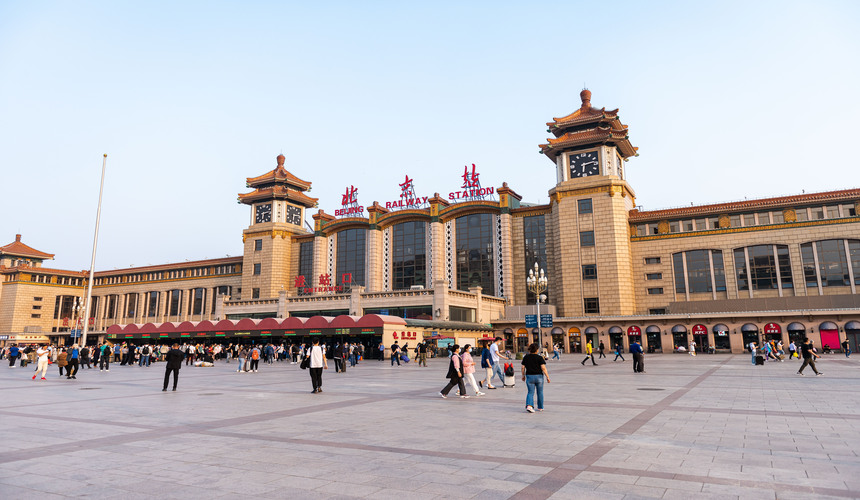
3. Top Things to Do in Beijing
Beijing is a fascinating mix of ancient dynasties, imperial landmarks, bustling markets, and modern skyscrapers. Here are the must-see attractions and top things to do in Beijing regarding history, culture, food, and city exploration. ( Read more: 12 Special things to do in Beijing )
Forbidden City
Step into the heart of imperial China at the Forbidden City, a vast palace complex that once housed emperors and royal families for over 500 years. With its grand halls, ancient relics, and traditional architecture, it’s a must-see for understanding Beijing’s rich historical legacy.
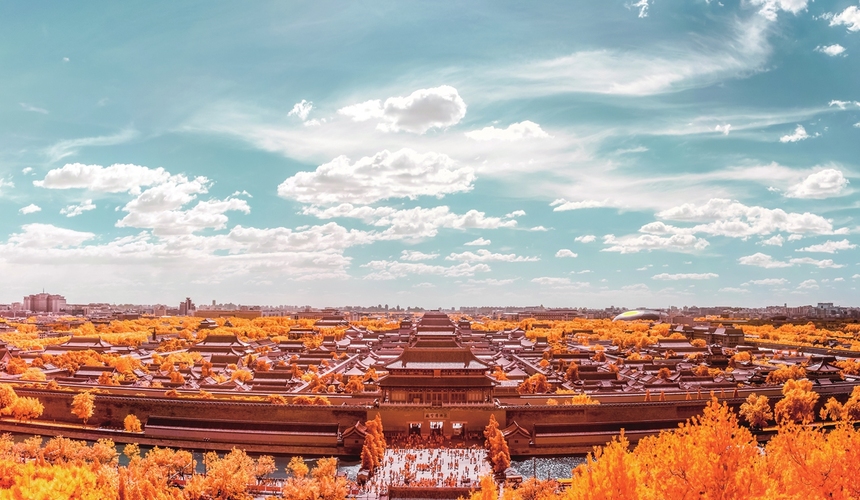
Great Wall of China
One of the world’s greatest wonders, the Great Wall stretches across mountains just at the edge of Beijing. This ancient fortification offers breathtaking views and a chance to walk along a symbol of China’s strength and enduring history. Popular sections include:
- Mutianyu: Scenic, restored, and less crowded.
- Badaling: Most tourist-friendly but often packed.
- Jinshanling: Best for hiking and photography.
Tip: Visit early in the morning or on weekdays to avoid crowds. ( Read more: Shanghai Bucket List: 6 Most stunning sections of the Great Wall of China )
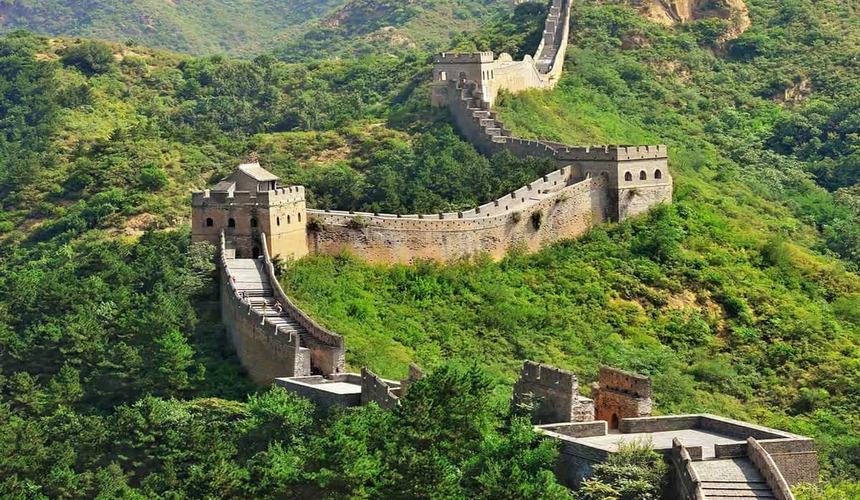
Tiananmen Square
Tiananmen Square is the political and cultural heart of modern China. Surrounded by monumental landmarks, it’s a place of reflection and national pride. Come to witness historic sites like Mao’s Mausoleum and the Monument to the People’s Heroes in one of the world’s largest public squares.
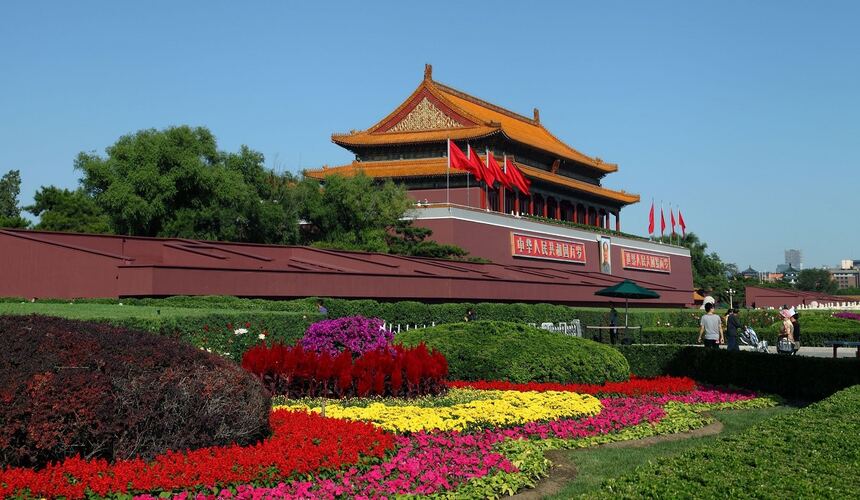
Temple of Heaven
This UNESCO-listed complex was once where emperors prayed for good harvests. It has circular temples and a spacious park. Ideal place offers a spiritual and scenic escape from the city bustle and a chance to watch locals practice tai chi.
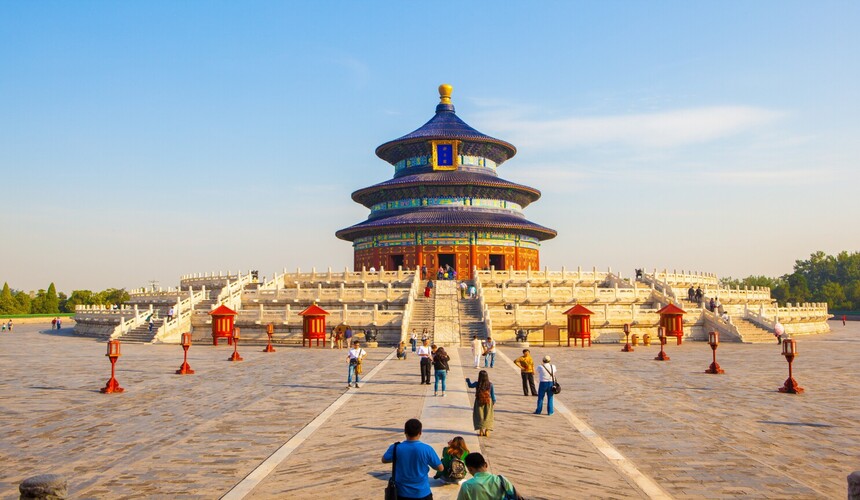
Summer Palace
Escape the heat and crowds at the Summer Palace. This is a beautifully preserved lakeside retreat with gardens, pavilions, and walking trails. Once a royal vacation spot, it’s ideal for a tranquil afternoon surrounded by classic Chinese architecture and nature. Don’t miss the Kunming Lake boat ride, the Long Corridor (painted promenade), and Longevity Hill views.
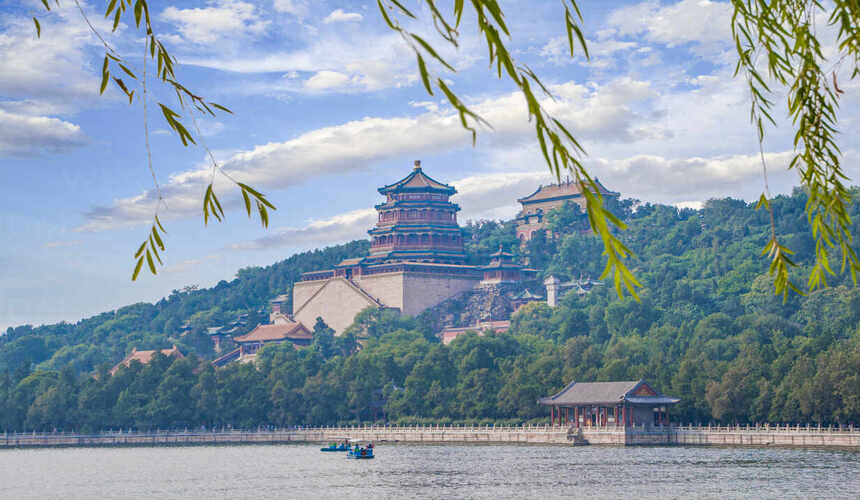
Beijing Hutongs
Exploring Beijing’s hutongs is a must. There are narrow and winding alleyways that reveal the city’s traditional side. These neighborhoods offer a glimpse into local life, hidden courtyards, and centuries-old homes. Join our guided tour or wander areas like Nanluoguxiang, full of trendy shops and cafes. Shichahai is another area where you can enjoy lakeside bars, tea houses, and rickshaw tours.
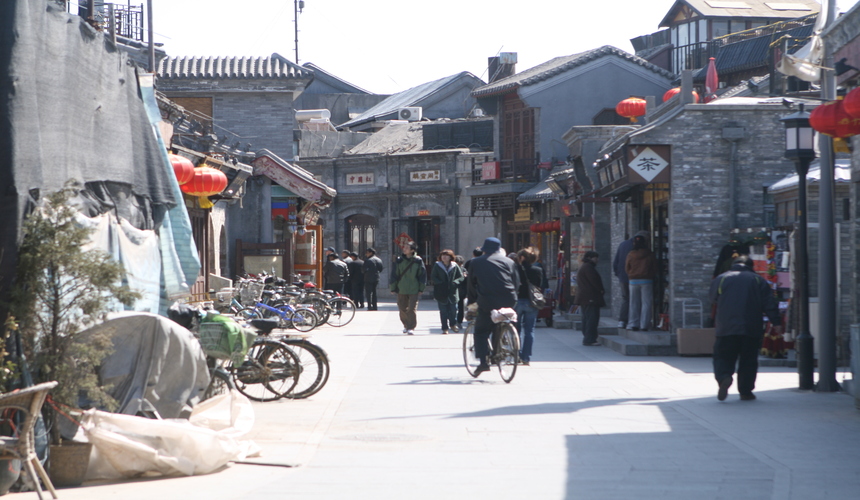
Beihai Park
One of Beijing’s oldest imperial gardens. Beihai Park is a serene oasis near the Forbidden City. The peaceful lake allows you to paddle boats. Hilltop White Dagoba makes it perfect for a quiet stroll or a relaxing afternoon amid traditional Chinese landscaping.
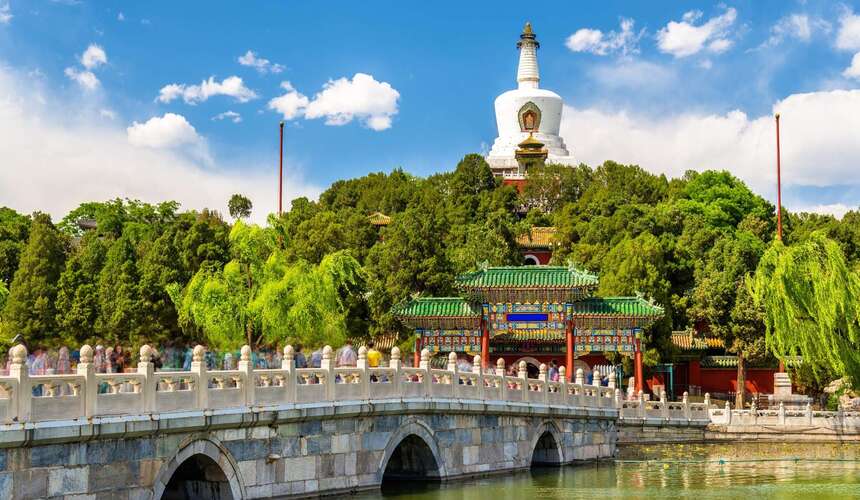
Terracotta Army Day Tour
Just 4.5 hours away from Beijing. Discovered in 1974 by local farmers, the Terracotta Army is one of the most extraordinary archaeological finds in the world. This vast underground army was built over 2,000 years ago to guard the tomb of China’s first emperor, Qin Shi Huang. You can find over 8,000 life-sized soldiers, along with horses, chariots, and generals. Each with unique facial expressions and hairstyles. ( Read more: 9 Amazing Places to Visit Near Beijing (Within a Few Hours)
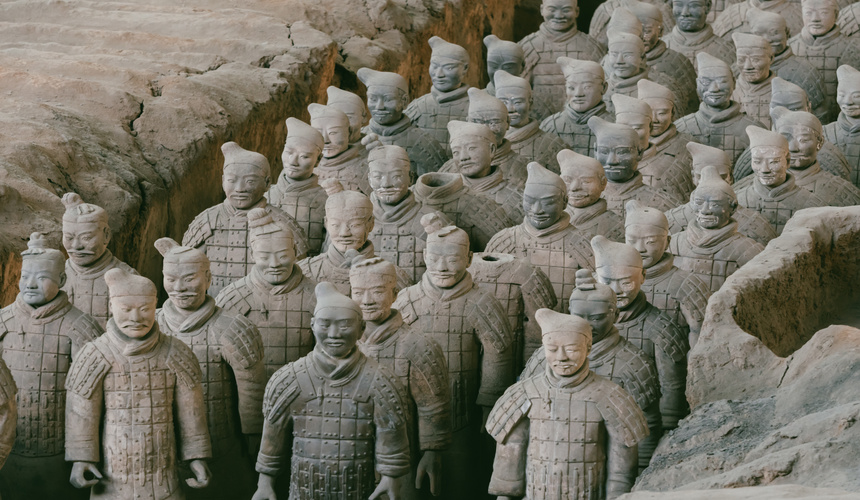
4. Where to Stay in Beijing
Choosing the right place to stay in Beijing can greatly enhance your trip. Whether you want to be close to historic landmarks, experience local culture, or enjoy a modern lifestyle, Beijing has neighborhoods for every type of traveler. (Read more: 6 Amazing Boutique hotels in Beijing )
Dongcheng District: Near Forbidden City and Tiananmen Square
Dongcheng is Beijing’s cultural and historical heart. Home to the Forbidden City, Tiananmen Square, and Temple of Heaven. Therefore, it’s ideal for first-time visitors who want to explore iconic landmarks on foot. The area blends centuries-old tradition with modern comforts, offering everything from courtyard stays to luxury hotels.
- Best for: First-time visitors, sightseeing, history lovers
- Top picks: The Peninsula Beijing (5-star luxury), Beijing 161 Lama Temple Courtyard Hotel (boutique courtyard style), 365 Inn Beijing Qianmen (budget & backpacker friendly).
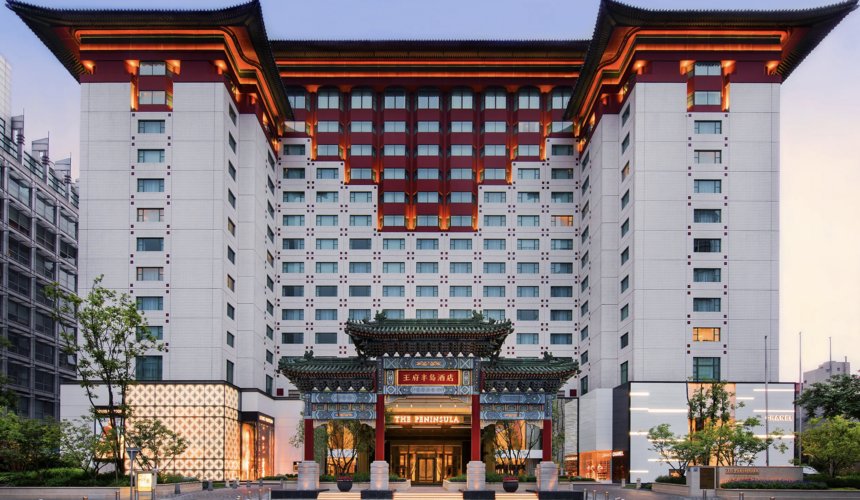
Xicheng District: Hutongs, Local Life and Budget Options
Xicheng offers a quieter and more authentic slice of Beijing. Famous for hutongs and a lake like Shichahai. Perfect for travelers who want to immerse themselves in local life. With fewer crowds and traditional courtyard inns, it’s a peaceful alternative to the busier tourist zones.
- Best for: Culture seekers, quiet stays, local experiences
- Top picks: Shichahai Shadow Art Performance Hotel (courtyard with culture), Peking Youth Hostel (great for solo travelers)
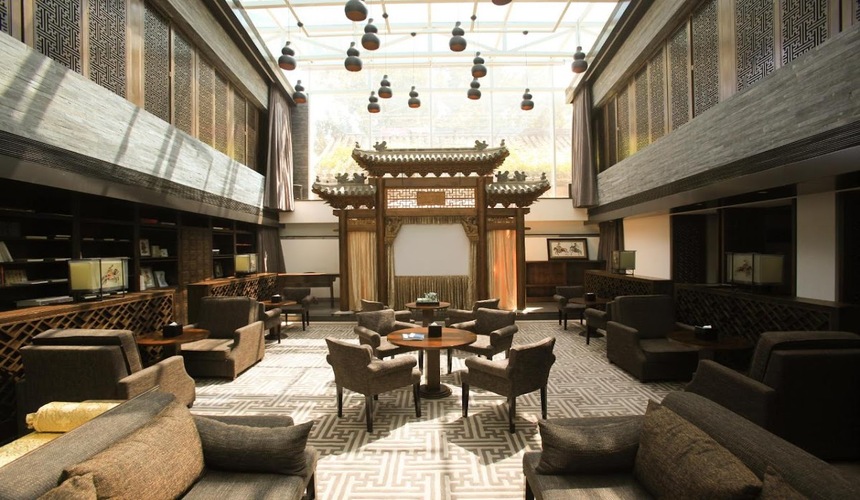
Chaoyang District: Modern, Business and Embassies
Chaoyang is Beijing’s modern and international side. It houses the Central Business District, embassies, shopping malls, and trendy nightlife in Sanlitun. Ideal for business travelers or those seeking an upscale experience. This area is convenient, cosmopolitan, and well-connected by public transport, but farther from historical sites.
- Best for: Business travelers, nightlife, upscale dining
- Top picks: NUO Hotel Beijing (modern luxury), CHAO Sanlitun Beijing (chic and central)
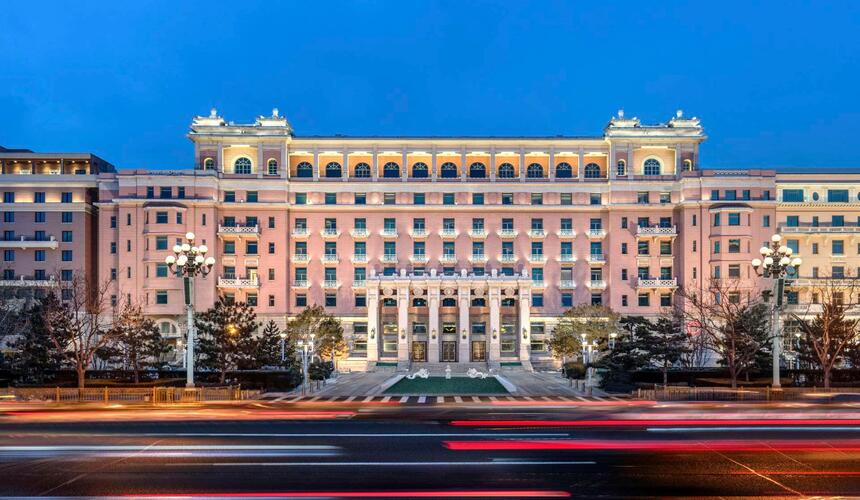
Wangfujing & Qianmen Areas
These bustling central areas are great for sightseeing, shopping, and food. Wangfujing offers high-end malls and snack streets, while Qianmen features traditional architecture and access to historic attractions. It’s a lively and walkable base for first-timers looking to experience both Beijing’s old-world charm and modern vibe.
- Best for: Walkable sightseeing, shopping and food
- Top picks: Hotel Kapok Forbidden City (modern, near attractions), Leo Hostel (social, backpacker-friendly)
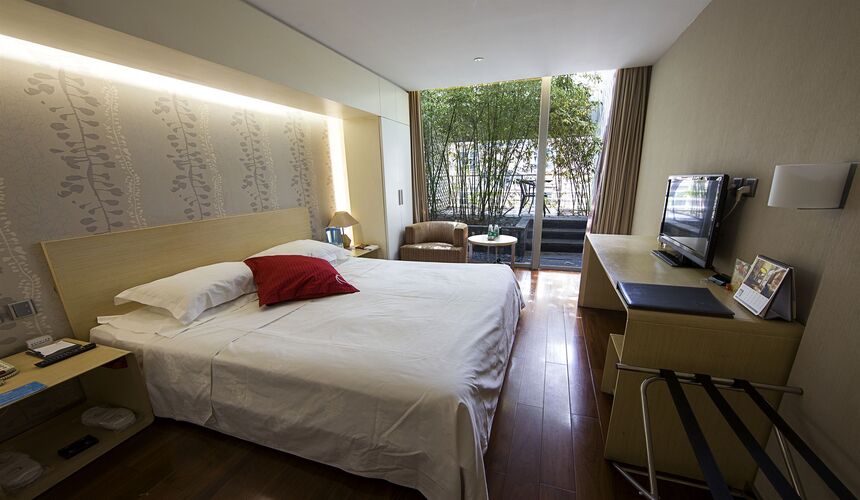
5. What to Eat in Beijing
Beijing’s food scene is a rich mix of imperial flavors, northern-style comfort food, and modern street snacks. There are many dining options for you. You can either have authentic Beijing food in a centuries-old restaurant or grab bites from a bustling night market.
Peking Duck
The most signature dishes of Beijing are the food you can not miss. Crispy skin, tender meat, and thin pancakes with hoisin sauce. Peking Duck is Beijing’s most iconic dish. Traditionally carved tableside, it’s a full culinary experience. We suggest a modern twist of Da Dong Roast, Quanjude established in 1864 and a local favorite of Siji Minfu.
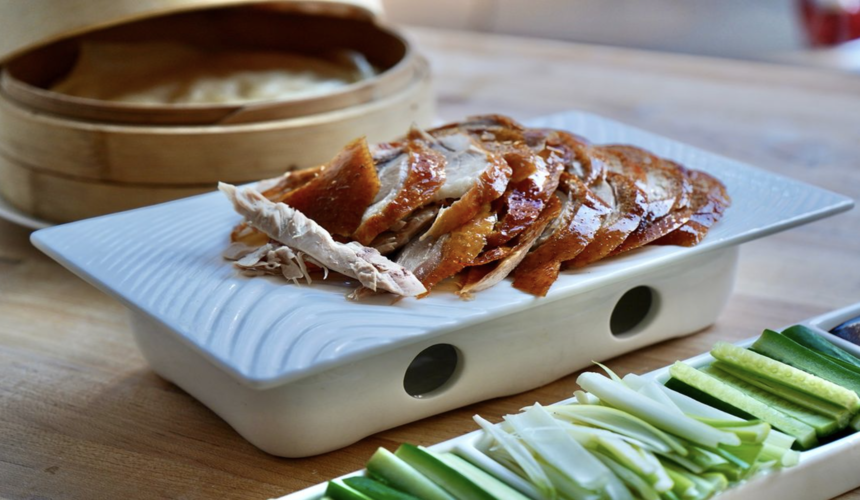
Zhajiangmian
This noodle dish features hand-pulled noodles topped with stir-fried pork in fermented soybean paste. Plus fresh veggies like cucumber and bean sprouts. You can try it in Lao Beijing Zhajiangmian at Xianyukou Food Street or Haidian Zhajiangmian Restaurant.
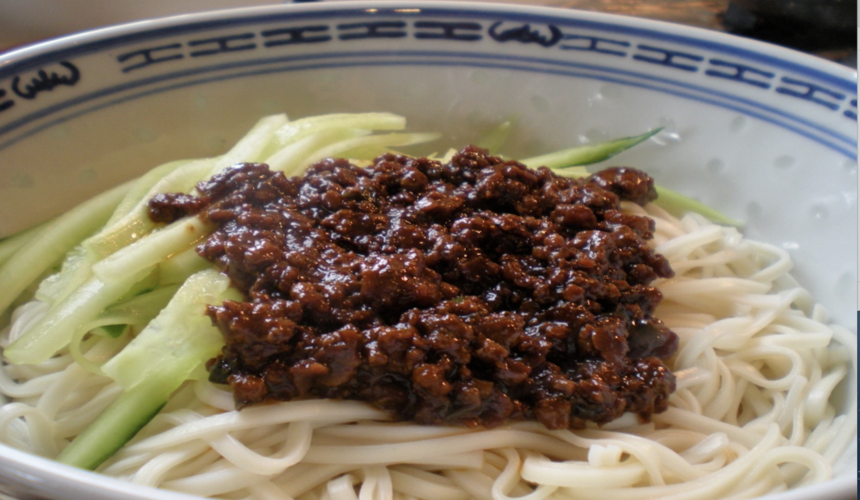
Chuan’r
Beijing-style BBQ skewers are usually lamb, seasoned with cumin and chili, and grilled over charcoal. You’ll find these at night markets and beer gardens. It is easy to try in Ghost Street (Guijie) or Wangfujing Night Market. Or visit Jubaoyuan Hotpot and order Chuanr combos.
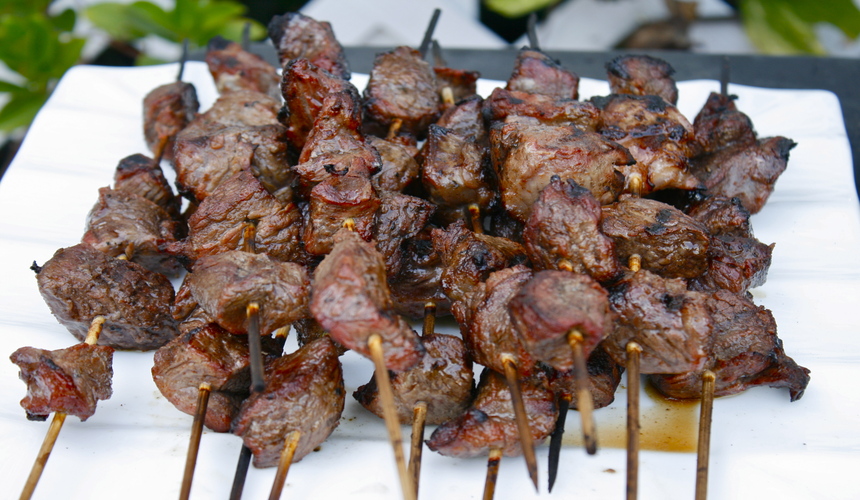
Imperial Cuisine
Experience the elegance of Qing Dynasty dishes like bird’s nest soup, braised sea cucumber, or stuffed duck. Fangshan Restaurant in Beihai Park and Li Family Cuisine (private dining experience) are the top two restaurants famous among locals.
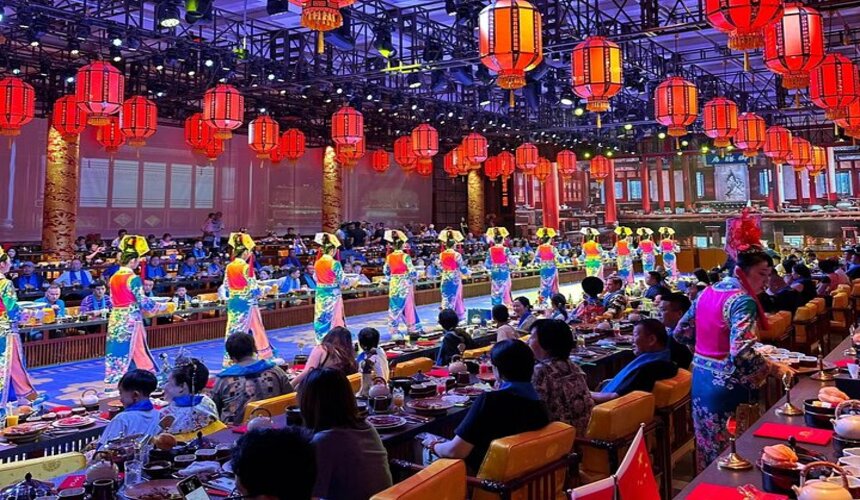
6. Sample of 3-Day Beijing Itinerary
Below are some sample Beijing itineraries to give you inspiration for your trip. If you have any questions or would like a customized travel plan, feel free to message us on WhatsApp: +86 187 2197 8867. Our local travel experts are happy to chat and help you plan the perfect visit!
- Day 1: Tiananmen Square, Forbidden City, Jingshan Park, Wangfujing
- Day 2: Great Wall, Summer Palace
- Day 3: Temple of Heaven, Hutong Tour, Try a tea ceremony or calligraphy workshop
7. Travel Tip for First-Time Visitors to Beijing
- Use Alipay or WeChat Pay: Most locals don’t use cash or cards; digital payments are the norm. Download Alipay or WeChat Pay, and set up the international version with your foreign credit card for smooth transactions. ( Read more: Payment guide in China )
- Bring a VPN: Many Western apps and websites (like Google, Instagram, Facebook) are blocked in China. If you need access, install a VPN before arrival. ( Read more: 10 Apps you need for travel in China )
- Use the Metro: It’s Fast, cheap, and English-friendly. Shanghai’s subway is clean, efficient, and covers all major attractions. Download MetroMan or Baidu Maps (in English) to help navigate.
- Book Major Attractions in Advance: Attractions like the Forbidden City require real-name registration and often sell out days ahead. Book online in advance using your passport.
- Bring Toilet Paper and Hand Sanitizer: Public restrooms are common but don’t always offer toilet paper or soap. Carry a small pack of tissues and hand sanitizer with you.
- Wear Comfortable Shoes: Beijing is huge and historical sites involve a lot of walking. If you are planning to visit the Great Wall, Forbidden City, and Summer Palace. Good walking shoes are a must.
- Plan for Early Starts: Popular sites can get very crowded. Arriving early means cooler weather, fewer crowds, and better photos.
Whether you’re planning a short getaway or a deep dive into Beijing’s history, we hope this guide gives you a solid start. But every traveler is different and that’s where we come in. Chat with one of our friendly local travel consultants on WhatsApp: +86 187 2197 8867 or email: [email protected] for personalized itineraries. Let us help make your first time visiting Beijing smooth and unforgettable!
